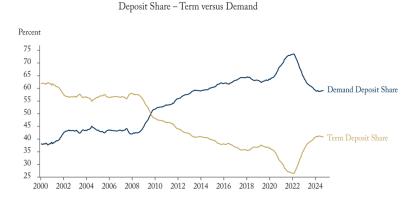The federal government has released a new emissions target as part of its “A Healthy Environment and a Healthy Economy” climate plan. The plan projects a 30 percent reduction of 2018 nationwide greenhouse gases (GHGs) by 2030 but does not explicitly model what that journey will look like. So, what will it take to get there?
The new targets include projections that GHGs from transportation fall by 35 MT, from 186 MT in 2018 to 151 MT by 2030; passenger and freight transportation, from cars to SUVs and trucks, are the main sources of the transportation sector’s emissions. Significant GHG reductions from transportation will require some combination of decreases in driving, improvements in technology, and replacement of older vehicles with more efficient, lower emissions vehicles.
The authors analyzed several scenarios with improvements in biofuel blending and internal combustion engine efficiency, as per projections from Environment and Climate Change Canada. The authors found that with a 6 percent rate of retirement for older vehicles and a 2.5 percent annual emissions reduction, Canada will need to have zero-emission vehicles (ZEVs) account for a roughly 70-75 percent share of passenger vehicle sales by 2030. This is twenty times the 2020 share of ZEV sales of 3.5 percent, which has grown roughly ten times since 2015. What is required to maintain this growth?
If recent trends in vehicle sales persist (i.e., a shift from cars to larger passenger light trucks), even greater efficiency improvements or higher ZEV penetration will be required to achieve the projected reduction in transportation sector GHGs by 2030. On the other hand, increasing ZEV use among more intensive drivers, such as taxis and ride-sharing drivers, may lead to considerable reductions in GHGs. Mode shifting, for example to active transport, can also reduce kilometers driven.
If widespread adoption is to occur by 2030, ZEVs will have to be both affordable, and available. The quicker costs fall, and the more models available to Canadians, the more ZEVs we can expect to see in 2030.
To learn more about our projections and policy recommendations, read “Driving Ambitions: The Implications of Decarbonizing the Transportation Sector by 2030”, by Joel Balyk, Brian Livingston, Sara Hastings-Simon and Grant Bishop.





